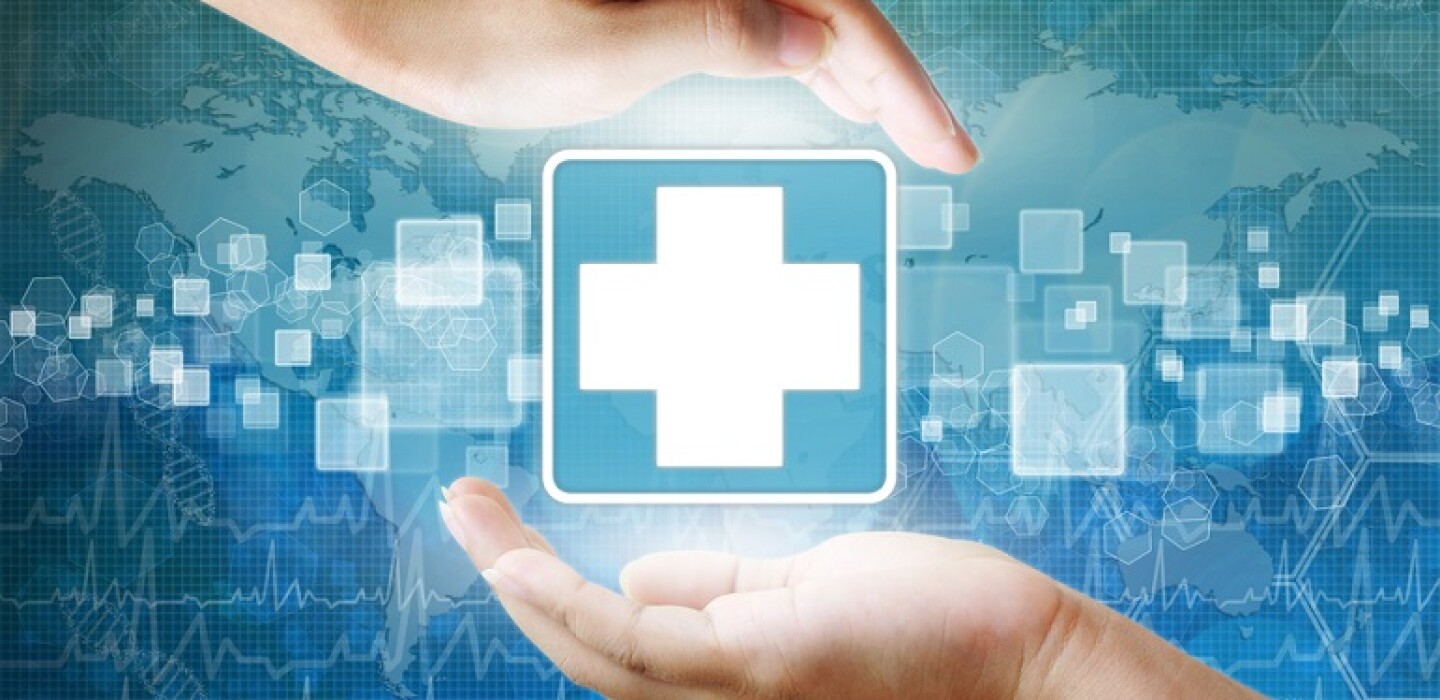
Redesigned Website Helps Org Better Respond to Disasters
Healthcare Ready is a nonprofit that was established after Hurricane Katrina to provide much-needed collaboration and cooperation between the public and private sectors for access to health care and supply chain matters.
Like emergency managers and first responders everywhere, the organization must evolve as the world at large changes, or risk becoming less effective.
“The world has changed so much, with pandemics and increasing climate change, the use of drones, and so the mission remains the same but the ways that we try to accomplish the mission is what is different here,” said Healthcare Ready Executive Director Tom Cotter.
In response, Healthcare Ready has relaunched its website with new tools for the public, the health-care sector and emergency managers to help keep up with disasters and other health matters. The site is now mobile friendly, more accessible to people with disabilities and offers increased ability to use GIS mapping to pinpoint where health-care needs will be the greatest during a disaster.
Healthcare Ready responds to “anything that might disrupt people’s access to health care when they need it most,” Cotter said, “whether it’s a natural disaster — hurricane, flooding event, an earthquake — or even something that impacts economics like when the tornado hit the Pfizer plant in North Carolina.”
The organization’s response is largely analytical, but it strives to convene the private and public sectors as well as nonprofits to find resources for unmet needs during the response to a disaster. “That could look like a market-based approach to ensuring distributors are able to access health-care facilities or it could be finding a nonprofit that could set up a free clinic in a hospital parking lot,” Cotter explained.
New features on the website include the internal search overhaul of interactive tools and situation reports and media advisories on emergency weather and health events.
“For example,” Cotter said, “if you were an emergency manager working on a smallpox outbreak, you would find our website GIS tool that allows you to see what vaccine and treatment allocation is by state and also how folks could access it to find the points of dispensing treatment.”
The website also helps ensure access to Healthcare Ready’s Rx Open tool, which helps users find access to medicine in an emergency by mapping the location of open and closed pharmacies in an area hit by disasters.
“Rx Open maps operational status of pharmacies, dialysis centers and clinics in an affected area so that clients know where to find health care or refills of prescription and so emergency managers can find data to allocate resources,” Cotter said. “Emergency managers can get a comprehensive view of what’s going on in the health-care infrastructure in a particular county or by ZIP code.”
Another key tool is the Community Disaster Resilience tool that allows users to overlay multiple data sets to create an idea of how vulnerable a certain community is, regarding health care, during a disaster.
For instance, taking data about a social vulnerability, flood, hurricane, earthquake or wildfire and overlaying it on what the health-care infrastructure looks like — how robust it is, how accessible health care is to residents — and then overlaying all that on data about infectious diseases in the area or access to health care can help identify the impact of a disaster on a community.
“We use this internally, but also emergency managers use this to understand where resources should be allocated and where the impact of disasters will be felt the worst,” Cotter said.
Of course, much of the work is done between disasters, when the public and private sectors and NGOs can get on the same page about how to respond during and after a disaster.
“We do a lot of training and work with different jurisdictions on supply chain resiliency and helping them visualize what their supply chains might look like and what any potential vulnerabilities are and making recommendations,” Cotter said.
“We also do a lot of workforce training, so ensuring emergency managers on a facility base know what resources are available to them both in the public and private and NGO sectors,” he said. “And building those relationships during the blue-sky times. That’s when the real work happens that allows a quick and effective and efficient response when the bad days are here.”


Average Rating